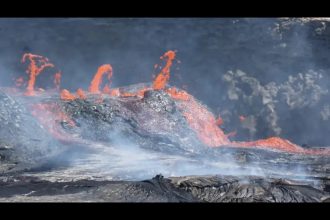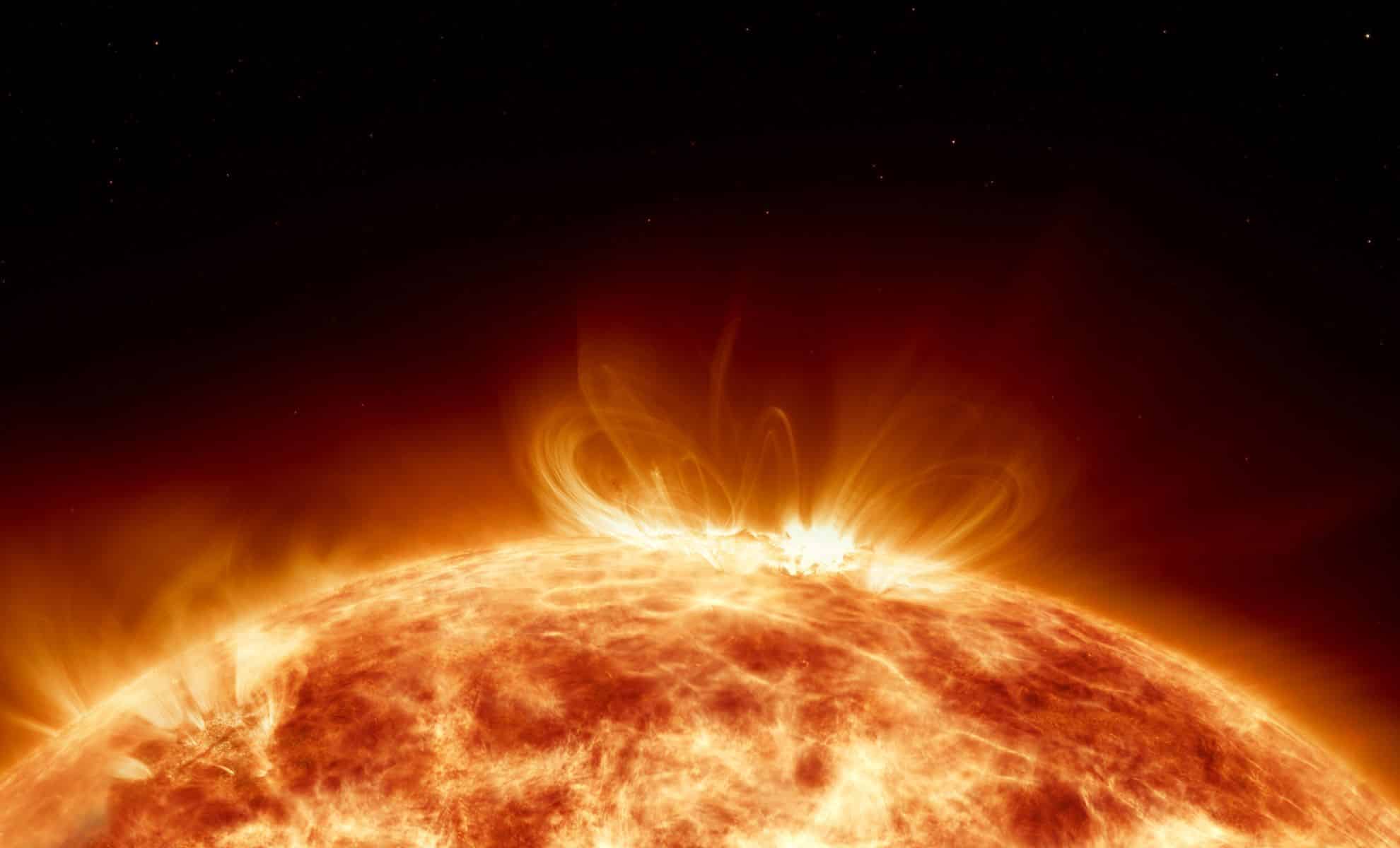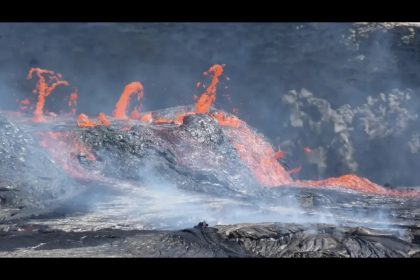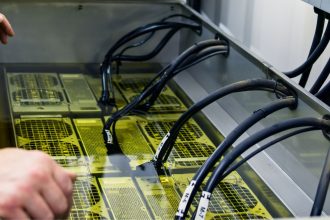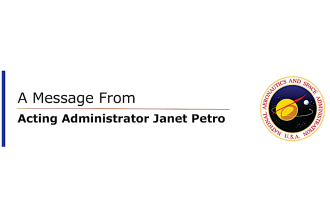In April 2023, an unexpectedly potent solar storm surprised scientists and the public alike. On April 23, a geomagnetic storm struck Earth, producing spectacular auroras visible as far south as southern Texas. This event stemmed from a coronal mass ejection (CME)—a cloud of charged particles and magnetic fields ejected from the Sun. Notably, the CME followed a relatively minor solar flare, leading scientists to predict only a slight disruption. Instead, the storm’s intensity exceeded expectations.
Understanding the Storm’s Unexpected Strength
Researchers from NASA and various space agencies have been investigating what causes some solar storms, like the one in April 2023, to produce more significant impacts than others. A study published in The Astrophysical Journal identified the CME’s orientation concerning Earth as a critical factor behind the storm’s unexpected strength. The researchers observed a sizable coronal hole near the origin of the CME. Coronal holes are areas from which solar wind erupts at higher-than-normal speeds, influencing CME trajectories.
The study, led by Evangelos Paouris at the Johns Hopkins Applied Physics Laboratory, explained that the rapid solar wind from the coronal hole acted similarly to an “air current,” redirecting the CME closer to Earth’s orbital plane. This proximity enhanced the CME’s interaction with Earth’s magnetic field, resulting in a more intense storm. The research concluded that the CME’s magnetic fields, which opposed those of Earth, facilitated an influx of solar energy into Earth’s atmosphere, intensifying the storm’s effects.
Effects Observed in Earth’s Thermosphere
NASA’s GOLD (Global-scale Observations of Limb and Disk) mission provided additional insights during the April geomagnetic storm. The GOLD spacecraft monitored the temperature within Earth’s thermosphere, a layer of the upper atmosphere situated 85 to 120 miles above the planet’s surface. The findings were striking: temperatures surged during the storm only to drop dramatically afterwards.
Following the storm, the thermosphere cooled dramatically by 90 to 198 degrees Fahrenheit, with temperatures decreasing from a range of approximately 980 to 1,070°F to between 870 and 980°F. This unprecedented cooling marked the first recorded instance of such widespread temperature drops subsequent to a strong geomagnetic event.
Xuguang Cai from the University of Colorado, who led the GOLD research, emphasized the significance of this temperature decline, noting its implications for the behavior of satellites and space debris. Cooler thermospheric temperatures lead to contraction and reduced density at satellite altitudes, resulting in decreased drag. Consequently, satellites and debris may remain in orbit longer, potentially raising the risk of collisions in space.
Advancements in Solar Storm Prediction
The need to grasp the full implications of solar storms extends beyond scientific inquiry; accurate predictions regarding CME impacts on Earth are essential for safeguarding space-based systems such as satellites, GPS, and communication networks. To enhance prediction capabilities, NASA is harnessing machine learning technology. The new system, referred to as GeoCME, employs artificial intelligence to detect patterns in CME images captured by NASA’s SOHO (Solar and Heliospheric Observatory) spacecraft.
GeoCME trained on historical CME data, enabling the machine learning model to assess the likelihood of a CME triggering a geomagnetic storm. So far, it has demonstrated considerable accuracy, predicting the outcomes of 21 CMEs and correctly determining the non-geoeffective nature of most other events. Jack Ireland, a heliophysicist at NASA’s Goddard Space Flight Center, expressed optimism about the potential of machine learning to enhance CME prediction efforts.
Real-Time Alerts Could Make a Difference
The May 2024 geomagnetic superstorm, the strongest in over two decades, underscored the necessity of real-time solar storm predictions. During this event, NASA’s STEREO (Solar Terrestrial Relations Observatory) spacecraft proved vital in measuring CME magnetic structures as they traversed past Earth. A noteworthy finding from this incident indicated that STEREO-A, a spacecraft placed closer to the Sun than the typical monitoring position at Lagrange Point 1 (L1), could have issued an earlier warning by more than two hours.
The findings, published in Space Weather, illustrated that deploying spacecraft nearer to the Sun could yield more timely forecasts about solar storm intensity, thus providing essential preparation time to protect Earth’s infrastructure. This observation is especially significant as it represents the first tracking of such an event by a spacecraft stationed closer to the Sun than L1.



